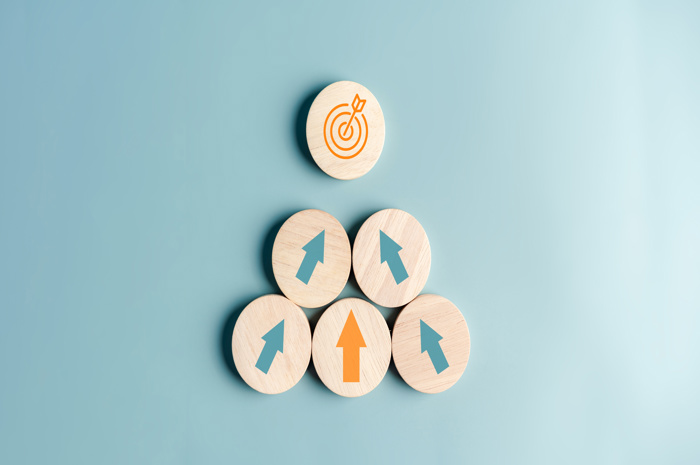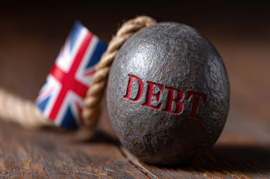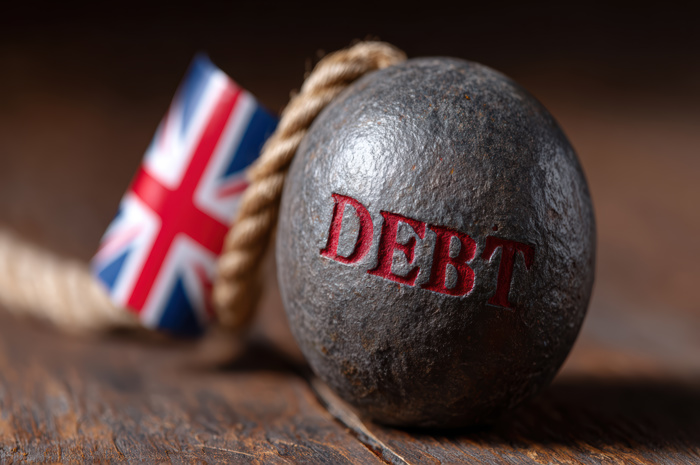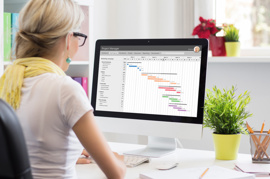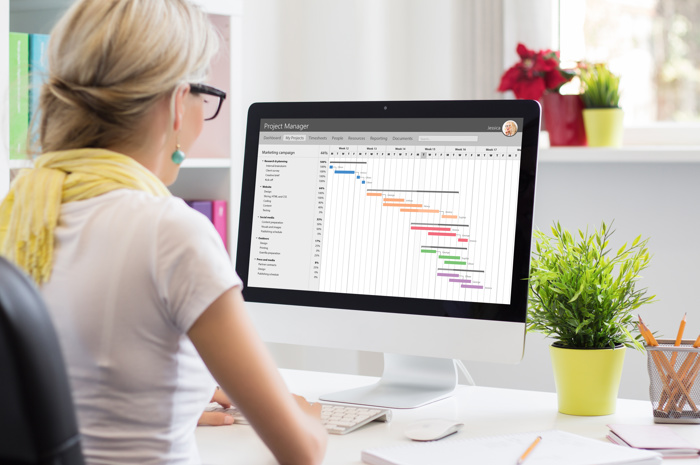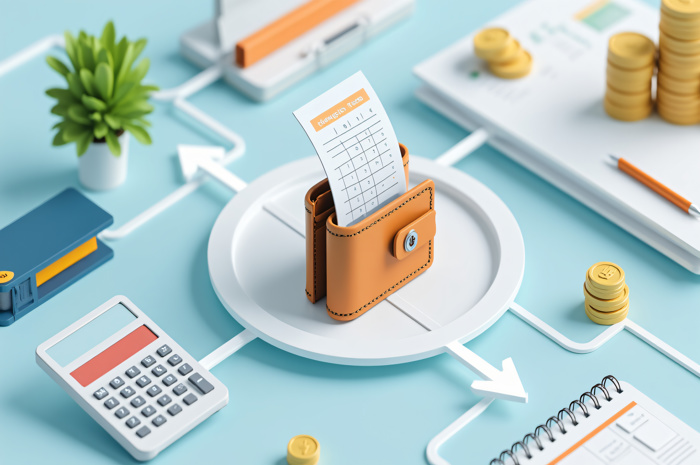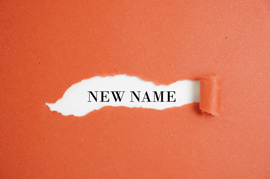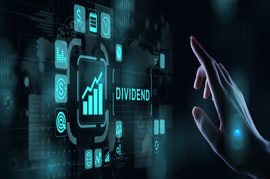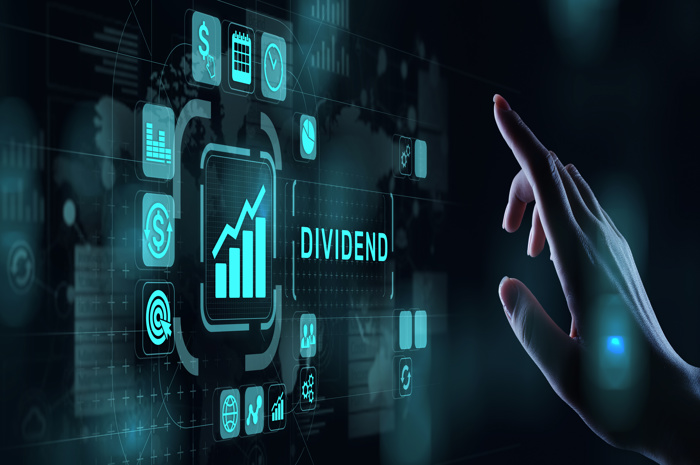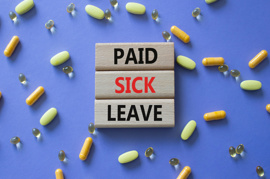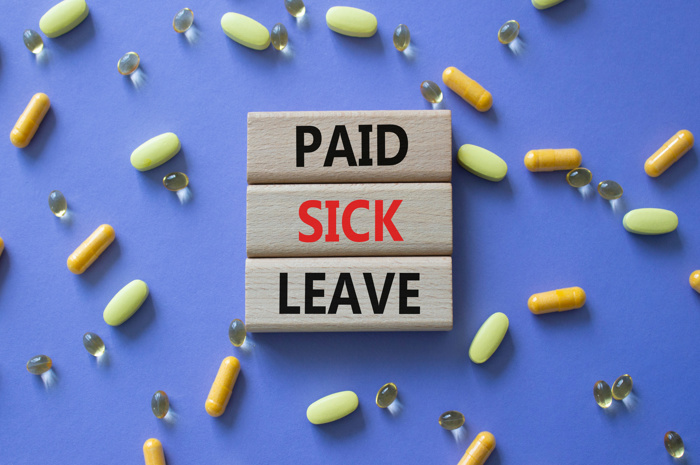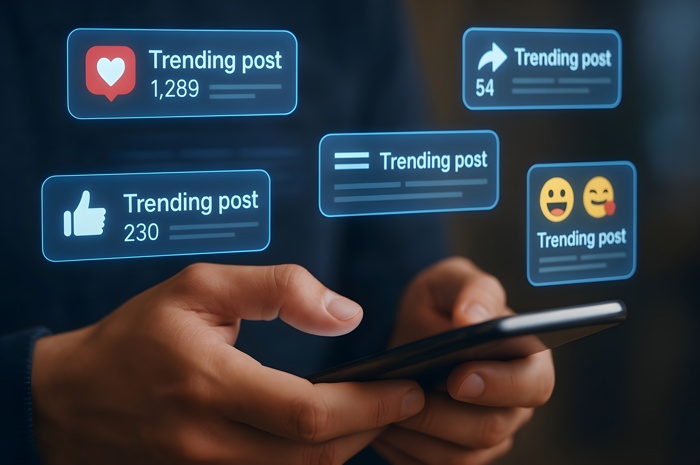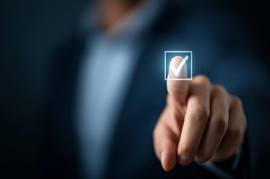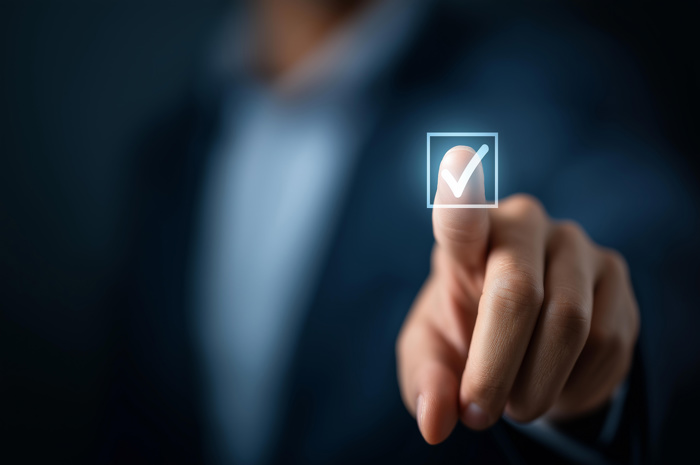A Balance Sheet, also known as a Statement of Financial Position, is a financial statement that shows a snapshot of a company’s assets, liabilities and shareholder equity at a specific moment in time. Essentially, the balance sheet shows what a company owns and owes on a particular date.
The balance sheet follows the equation:
Net Assets = Retained earnings + Shareholder’s Equity
The figures on the asset side should equate to the figures on the retained earnings and Shareholder’s Equity side. Hence, the name “Balance Sheet”.
For example, if a company takes out a £20,000 loan from a bank that needs to be paid back within 10 years, the assets will increase by £20,000 and so will their liabilities.
We’ll now go through what each of the three components involve.
Assets
There is a general order of the asset accounts that the sections follow, this is usually ordered by their liquidity. (Liquidity means how easy an asset can be converted into cash.) The order tends to be split into two sections: Current Assets and Fixed Assets. Current assets are expected to be converted into cash within a year and Long-term refer to assets that are for long-term use and are harder to be quickly converted into cash.
For the current assets:
- Cash or cash equivalents are the easiest in terms of liquidity.
- Marketable Securities are next. These include stocks and treasury bills.
- Then we have the Accounts Receivable. These are the balances that customers owe the company for a service or product they bought.
- Inventory. This is any goods that are ready to be sold. These will be valued at their lowest price.
- Expenses that have been prepaid. For example, insurance or rent.
For the long-term assets:
- Long-term investments
- Fixed assets. These are assets that are purchased for long-term use, such as land or buildings. Some assets have depreciation. Depreciation is where an asset loses value over time as a result of its useful life decreasing. For example, if a company bought a new equipment for £10,000 and they expected it to last 5 years. According to the straight-line method, the car would lose value evenly over those 5 years depreciating at £2,000 a year. The current value of the depreciated item would go onto your balance sheet in the fixed asset balance.
- Intangible assets. Assets that have no physical substance like goodwill or patents.
Liabilities
In simple terms, a liability is money a company owes to someone else. These are anything from debt repayments to utilities. Similarly to the assets, liabilities are split into two groups: current liabilities and long-term liabilities. Current liabilities tend to be listed by order of their due date which is anything within a year of the balance sheet being produced. Long-term liabilities are due anytime after a year.
For the current liabilities:
- Some long-term debts have a portion which is due within a year. As an example, imagine a company took out a 5-year loan. Within the first year the company owes a certain amount back, this portion will be in the current liabilities.
- Interest payable
- Wages and salaries. These are frequently from the last pay period.
- Accounts payable. These are products or services that the company has received but has not yet paid for them.
- Prepayments from customers.
For the long-term liabilities:
- Long term debts, such as bank loans.
- Deferred tax. This is a tax that has been postponed to future periods.
Shareholder’s Equity
If a company was to sell all of its assets and pay off all of its debts, the money remaining would be the Shareholder’s Equity. Usually denoted as the net assets, the shareholder equity can be calculated by subtracting all of the liabilities from the assets.
Share holder equity also includes retained earnings - these are the profit of a company after all debts have been paid off. These can be used to reinvest in the company and/or be used to pay dividends.
Why are Balance Sheets useful?
Balance sheets, alongside other financial documents such as the income statement, help analysts to calculate financial ratios. These ratios will aid investors or the company themselves to evaluate the financial health of the company.
Understanding a balance sheets will help determine how much of a risk a company is. The balance sheet shows everything the company owns to how much it owes, for example it’ll show whether the company has enough liquid assets to meet current demands.



